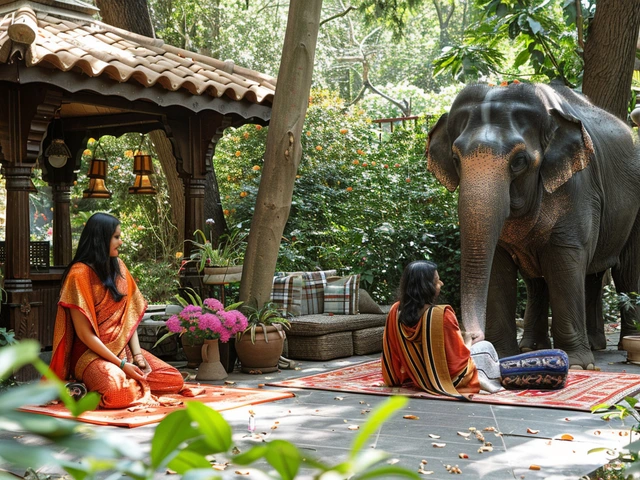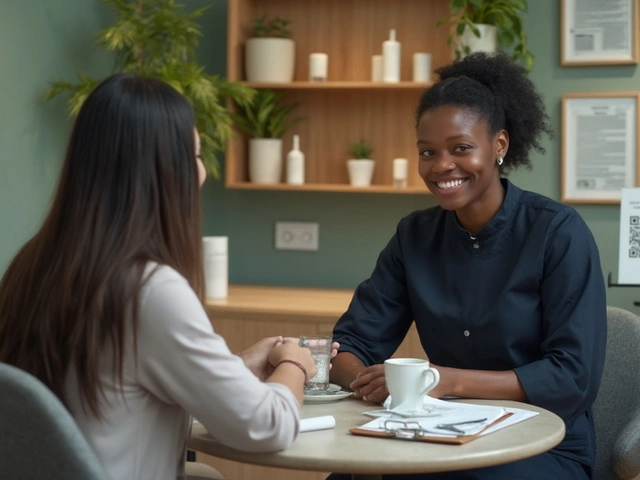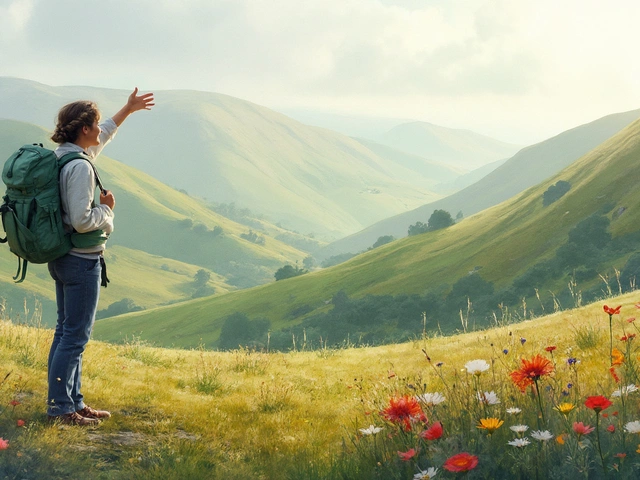African culture: traditional wellness, hammam, and practical massage tips
Africa has a rich tradition of bodywork and communal bathing that’s about more than just cleaning up—it's about ritual, recovery, and community. If you want a simple, real way to try African-style wellness, start with the hammam and basic local massage traditions. Below you’ll find what to expect, how to prepare, and safety checks so your visit feels relaxing and safe.
What a hammam visit actually feels like
Hammams—common across North Africa—mix steam, gentle scrubbing, and rinses. Expect a warm marble room, a sequence of heat zones, and a scrub with a coarse cloth or glove to remove dead skin. Sessions can include massage with oils or a cooling rinse at the end. They move at a slower, social pace: people sit, talk, and sometimes bring family. If it’s your first time, arrive clean, bring a towel and flip-flops, and plan for 45–90 minutes depending on the package.
Practical tip: speak up about pressure and areas you don’t want touched. Many hammams are very hands-on; telling the attendant your comfort level makes the visit better.
How to try African-style bodywork safely
Traditional African bodywork varies by region—some use rhythmic stroking, others apply herbal poultices or heated stones. To try these treatments safely, follow three simple rules: check cleanliness, ask about ingredients, and pick a licensed or well-reviewed place. If you have skin issues, allergies, or a medical condition, get a quick thumbs-up from your doctor first.
What to look for at the spa: clean towels and work surfaces, clear pricing, and staff who explain what they’ll do. If oils or scrubs are used, the therapist should ask about allergies. If something smells or feels off, stop the session and speak with management.
Aftercare matters. Drink water after a steam or deep treatment, avoid heavy exercise for a few hours, and skip hot showers right away if your skin feels raw from scrubs. A simple moisturizing oil or balm can help skin recover after a scrub-heavy session.
Want to read more? AIST Massage Triumphs covers related techniques and global bodywork traditions—from hammam rituals to stone therapy and warm-stone massages. Those pieces give practical how-tos, what to expect, and tips for first-timers.
Final quick checklist before you go: 1) Confirm hygiene and reviews, 2) Tell the therapist your comfort level, 3) Ask about ingredients used on skin, and 4) Plan low-key time after the treatment. That’s it—simple moves that keep your visit relaxing and safe while you try a piece of African culture the right way.
Related reads on this site: check our Hammam guide for a full walk-through, plus stone therapy and warm stone massage articles if you like heat-based treatments.
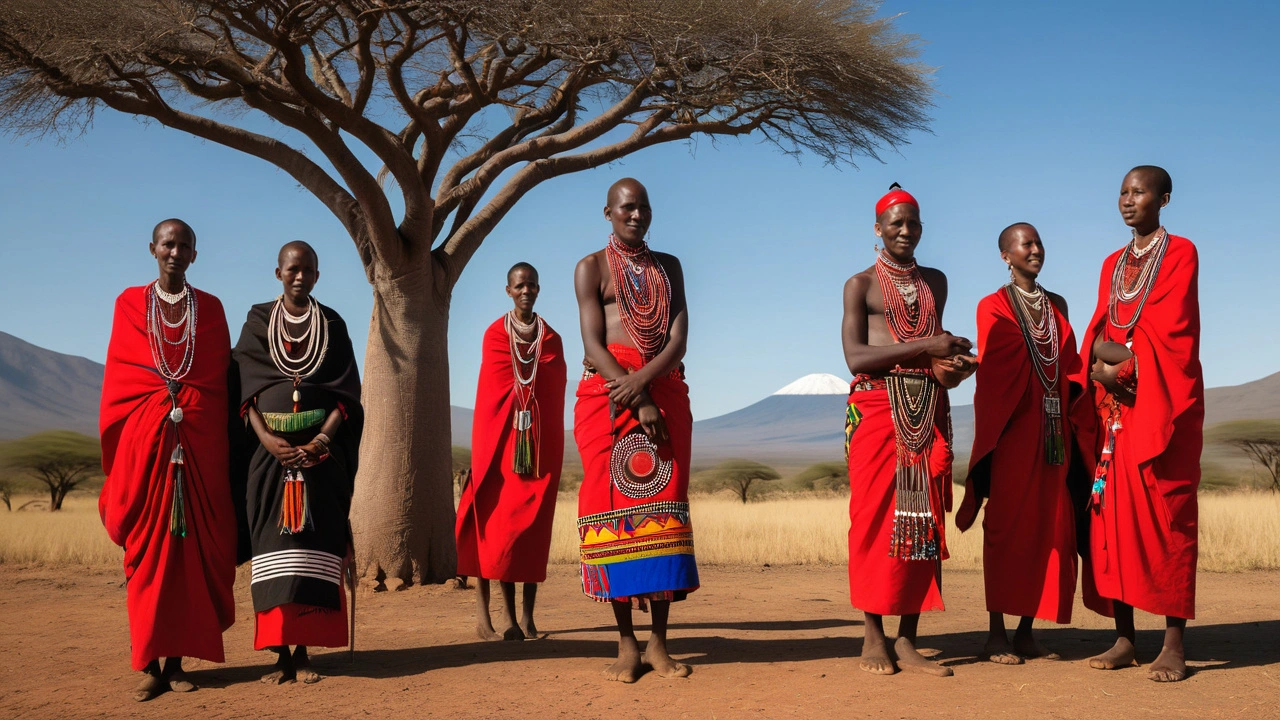
The Rungu: Unveiling the Unique Weaponry and Symbolism in African Culture
The Rungu is a unique weapon and cultural symbol deeply rooted in African traditions, particularly among the Maasai people. This article delves into its historical significance, usage in modern times, and its symbolic meanings. Discover the artistry involved in crafting a Rungu and explore how it plays a role in ceremonies and daily life.
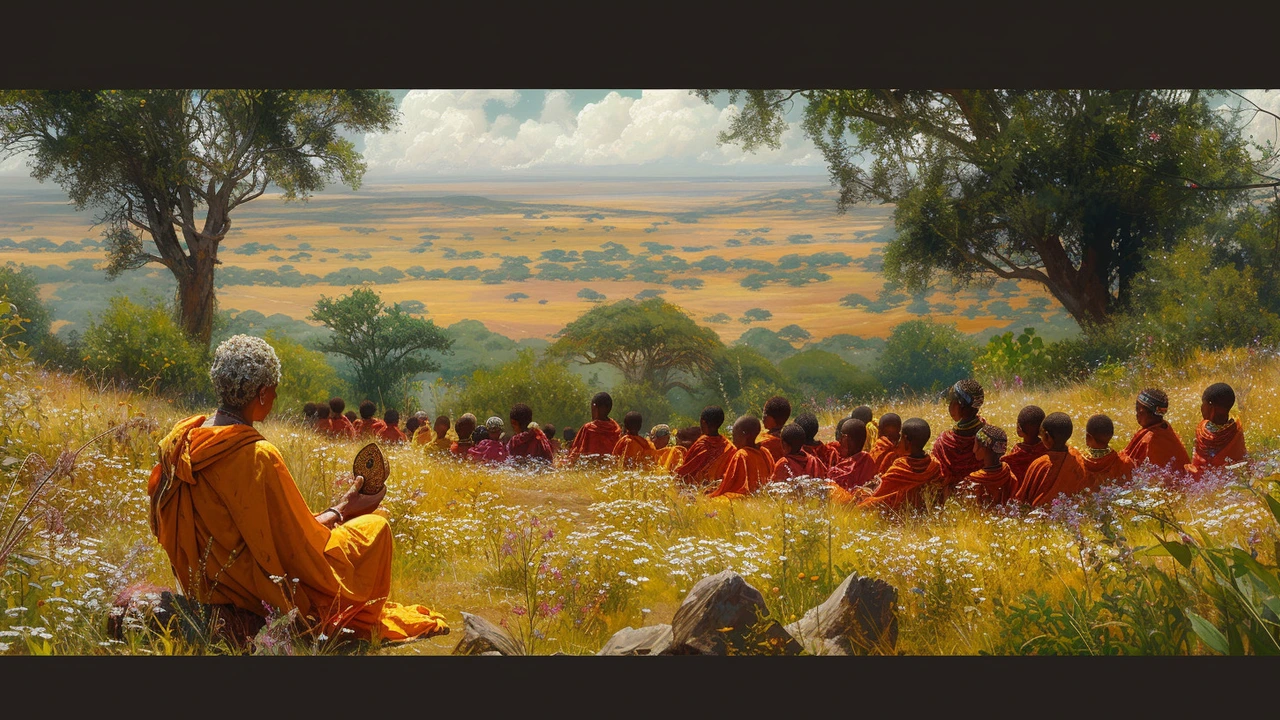
The Impact of Rungu in African Culture
Hi there! In this post, we will delve into the fascinating subject of the Rungu and its significant impact on African culture. From its function as a traditional weapon to its symbolic status within societal structures, the Rungu holds immense historical and cultural value. We'll discuss its influences on various African tribes and its multifaceted roles within these communities. So come along with me, let's explore the layers of history and tradition woven around this intriguing part of African culture.
Categories
- Health and Wellness (148)
- Alternative Therapies (86)
- Massage Therapy (40)
- Travel and Culture (15)
- Beauty and Skincare (9)
- Holistic Health (8)
- Health and Fitness (5)
- Spirituality (5)
- Other (2)
- Personal Development (2)

